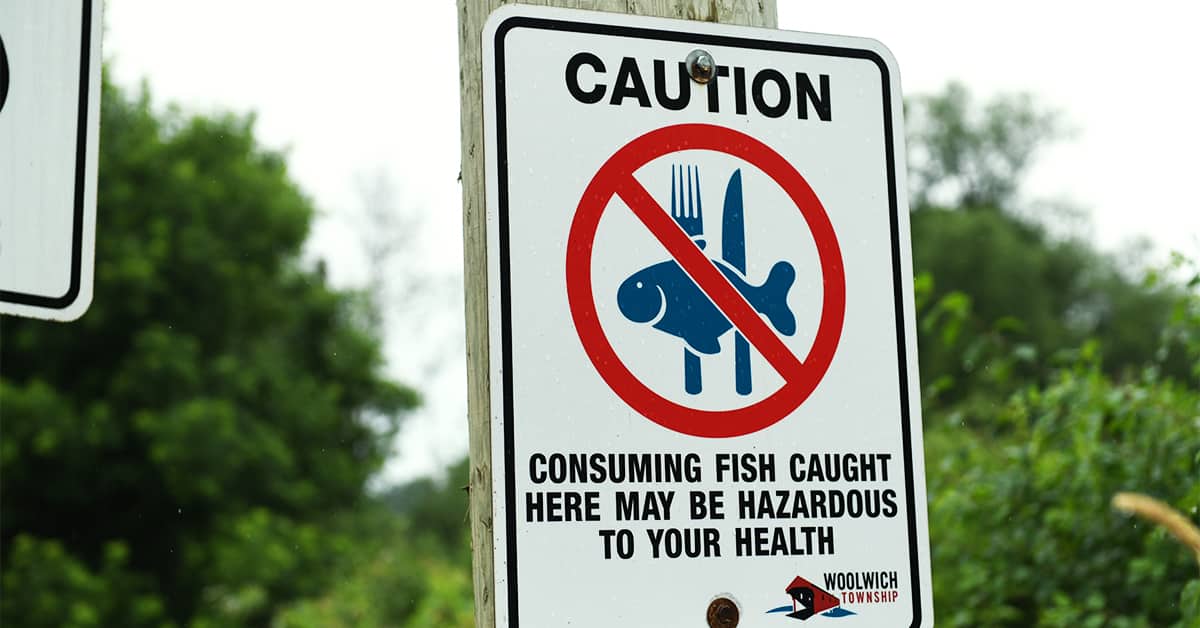The number of patients under 18 years of age who are visiting the emergency department at Grand River Hospital with respiratory illnesses has nearly tripled this year compared to 2021. From April through September of this year there were 1,242 patients who went to the emergency department, up from 456 over the same period last year.
The number of pediatric patients being admitted to the hospital for respiratory illness has also gone up over the same timeframe, with 28 kids in GRH last year versus 156 this year, a 457 per cent increase. The increase comes as cases of Respiratory Syncytial Virus (RSV) in kids are going up across the province.
“Those numbers tell us that more people are coming into the hospital for care and they are sicker,” said GRH president and CEO Ron Gagnon.
As of Tuesday, there were seven kids in the emergency department waiting for a bed, with 15 in the in-patient unit. The pediatric ward at GRH is funded for 12 beds, Gagnon said.
The hospital has also cancelled 10 or 12 tonsillectomies scheduled for November and December.
The emergency department at GRH is experiencing higher volumes overall. There’s been a 20 per cent increase in unique patient visits and 10 per cent increase overall compared to pre-pandemic levels. It is also seeing more patients who are going through more life-threatening situations.
“We triage patients when they come to the emergency room from our triage category one, which is essentially life threatening, to a triage category five, which is much less urgent and could likely be cared for in the community. In our three highest acuity categories, they are up 20 per cent from where they were pre-COVID-19, so that’s a significant increase,” Gagnon said.
St. Mary’s General Hospital announced last week that due to heavy patient volumes they were limiting the number of people accompanying those who need emergency care. Gagnon said that could also happen in the GRH emergency department.
In a November 17 statement, St. Mary’s emergency department said it “must temporarily limit the number of people accompanying patients to the department except in exceptional circumstances.”
That includes patients who are critically ill (as identified by the clinical team) or who are near end of life, those experiencing a mental health crisis and acutely ill patients requiring treatment in the emergency department.
St. Mary’s will also permit partners providing care to a patient who would be at risk if the care partner was not available.
According to Gagnon there are a number of factors that have led to the increase of emergency room visits and bed occupancy in the pediatric ward. This includes the removal of pandemic restrictions that were in place the last two flu seasons.
“[Those measures] actually keep respiratory illnesses down, not just COVID-19 but also flu, also RSV. Now that we’ve opened things up… the opportunity for illness to spread is [higher] than what it’s been the last few winters and we’re seeing some of that pressure right now,” Gagnon said.
GRH has also seen the number of people it treats who lack primary care increase by one third since before COVID, according to Gagnon. There have also been limited investments in increasing health capacity over the last 20 years, he added.
“Whether that’s at the community level, the primary care level, in acute care over the last number of decades, investments have been limited…. That means with that capacity you see the system struggling to respond to surges and linked to underinvestment and capacity. Directly linked to that is an underinvestment in health and human resources.”
The situation is only going to get worse as Waterloo Region’s population ages, Gagnon said. However his call for more investments came on the same day that Mike Harris MPP for Kitchener-Conestoga and Jess Dixon MPP for Kitchener South-Hespeler announced $5.4 million in funding for hospital upgrades and repairs, with GRH getting $1.5 million and St. Mary’s getting $3.9 million.
GRH has taken a number of steps to combat the challenges it is facing including moving them throughout the hospital, Cheryl Evans, manager of communications and engagement, said via email.
“When we are over capacity, patients can move throughout the hospital depending on the care they need, and quite often patients start their care in the emergency department while they are waiting for an inpatient bed,” Evans said.
“Like all hospitals across the province, we work daily with regional and provincial partners to manage inpatient beds and staffing to ensure that patients get the care they need,” Evans added.
While GRH has been transferring pediatric patients to other hospitals in the region and province, Gagnon acknowledged the negative impact it can have.
“It has an impact on anyone when they have to move from one community to another to get safe and high quality care and it has an impact on their family for sure. And we don’t jump to that as a first resort. However, we want to make sure that children who come to us for care are getting safe care in the right environment,” he said.
This is not a new strategy Evans said. “As Ontario hospitals face increased patient volumes and acuity, it is becoming more important.”
The hospital is also encouraging parents to seek other options for their children if they cannot wait for a primary care appointment or if they do not have access to a family doctor. This includes walk-in clinics.
“If you need care from the emergency department, please be prepared to wait. We will provide everyone with care but we will see the sickest patients first,” Evans said.
However, Gagnon said he can empathize with parents who may feel like they don’t have any other option.
“My grandson was sick a couple of weeks ago and my anxiety levels were high. That said, there are a number of really good services and options to the emergency room if your child doesn’t need emergent care. If your child needs emergent care, please do come to the ED and you will get timely quality care when you’re there.”









